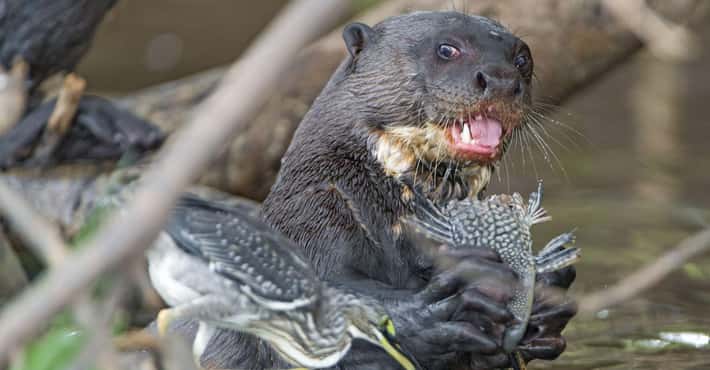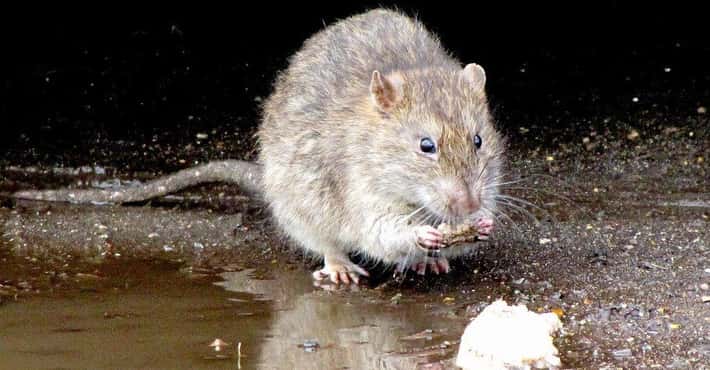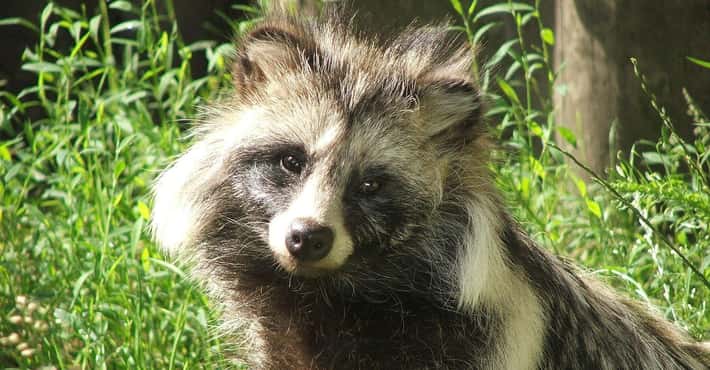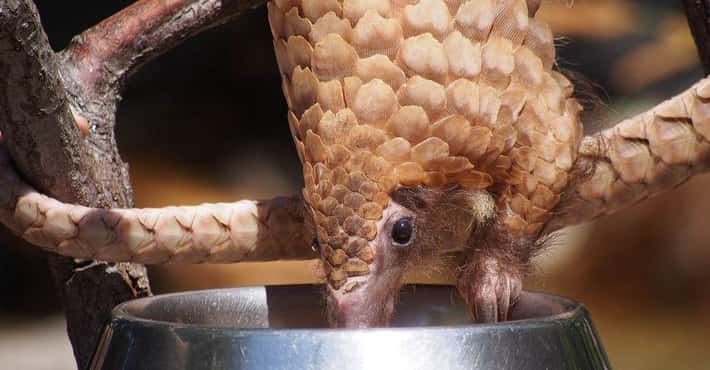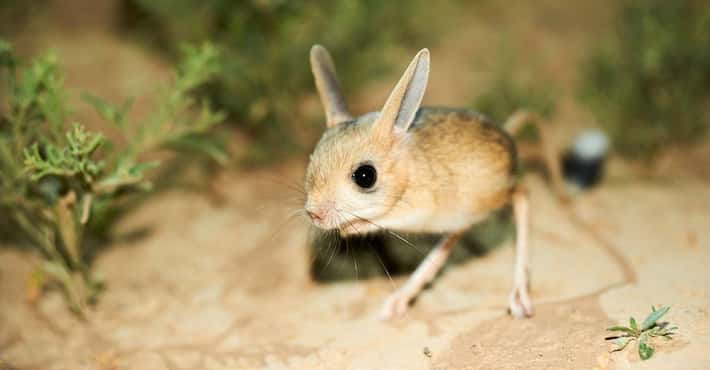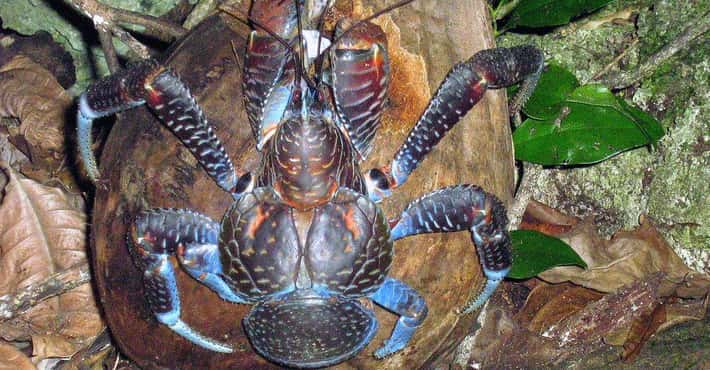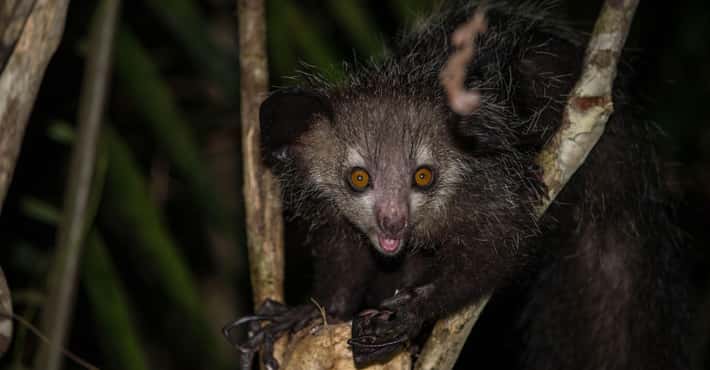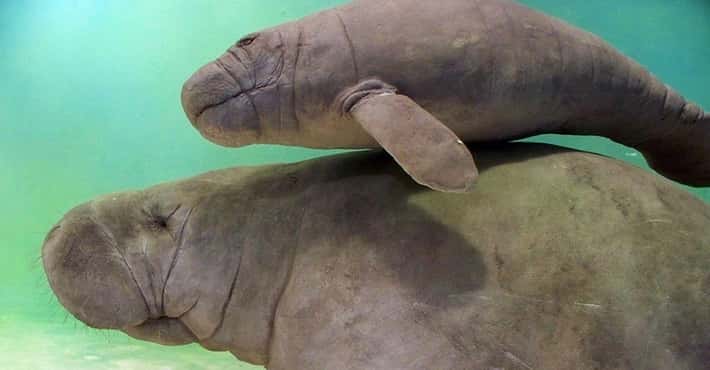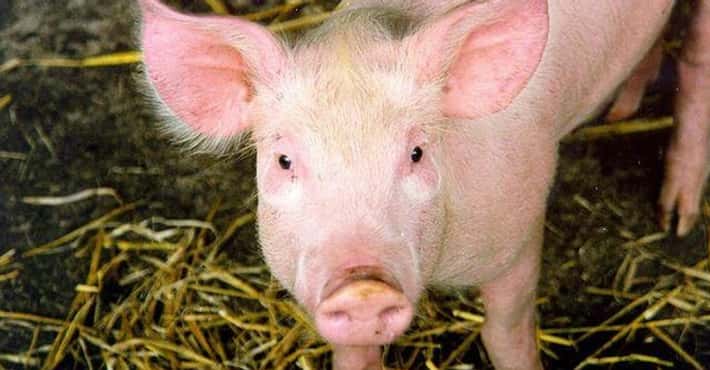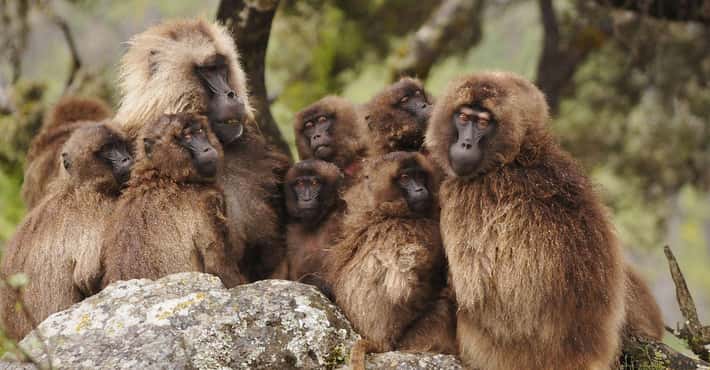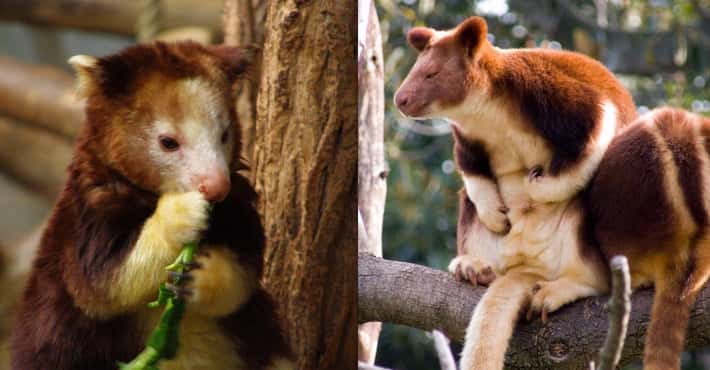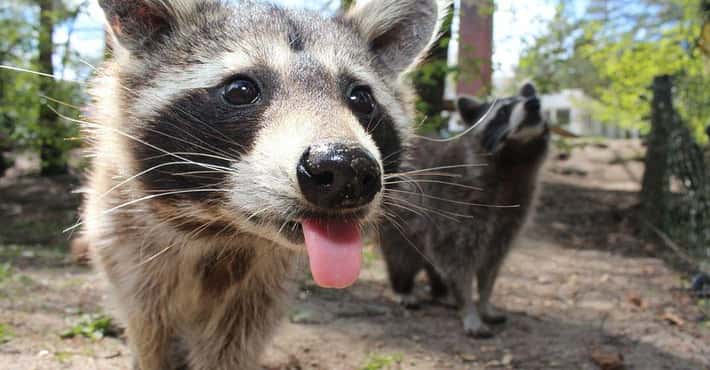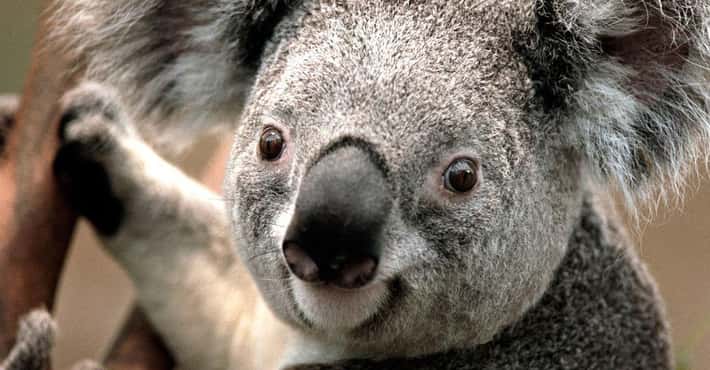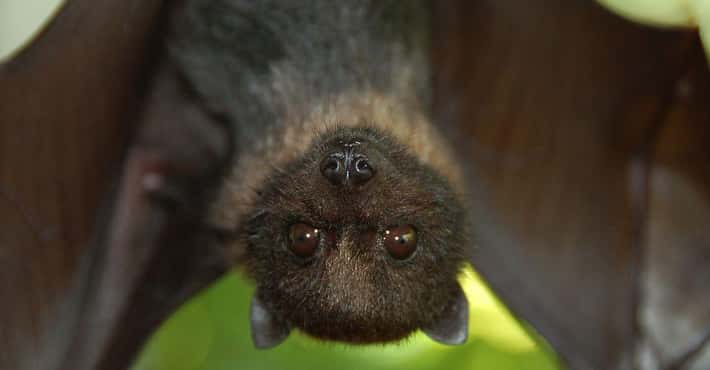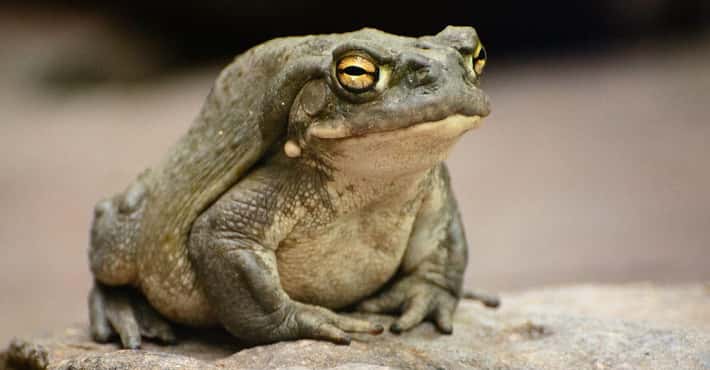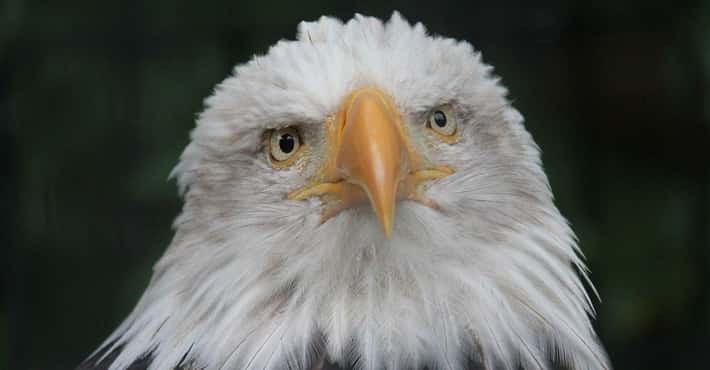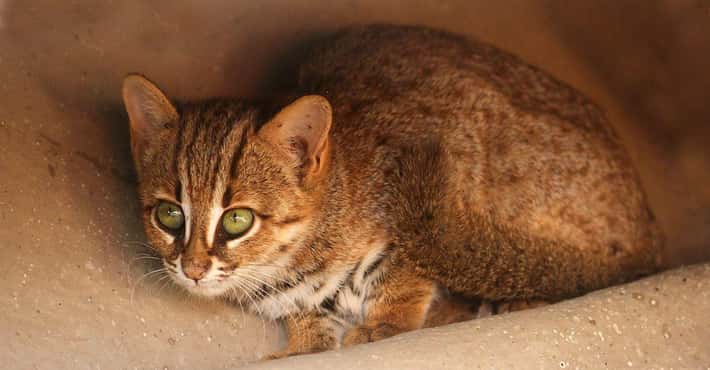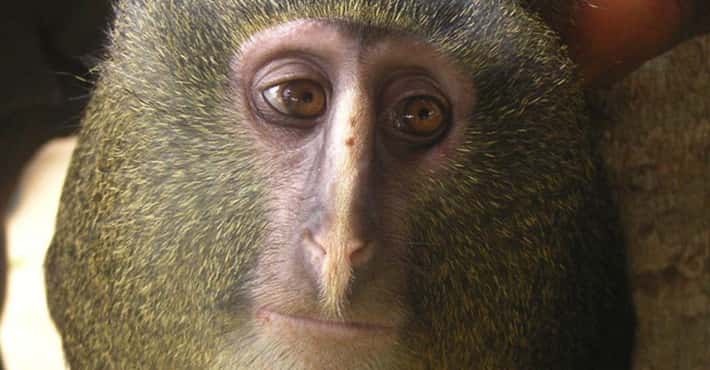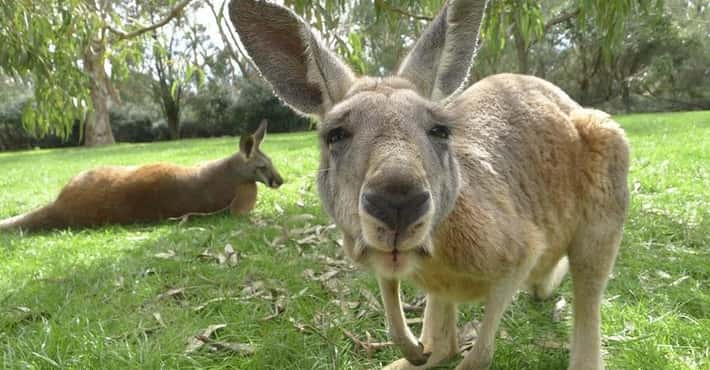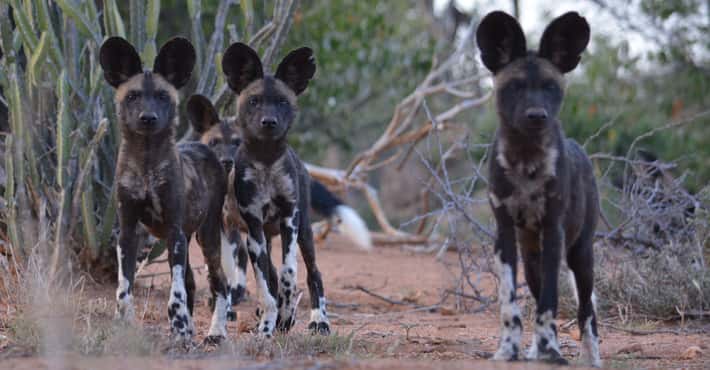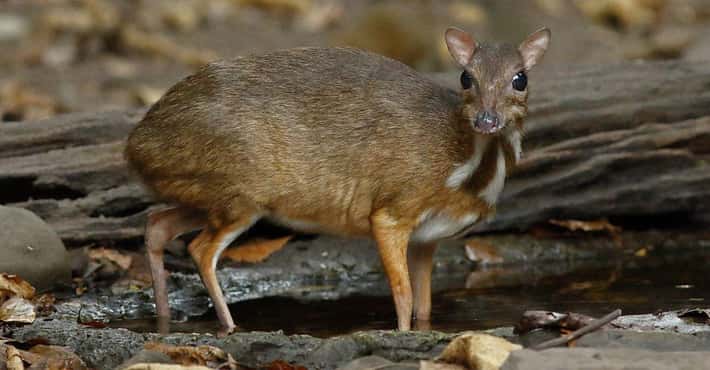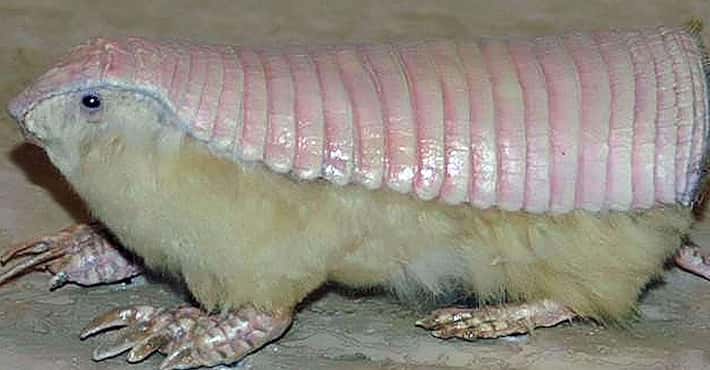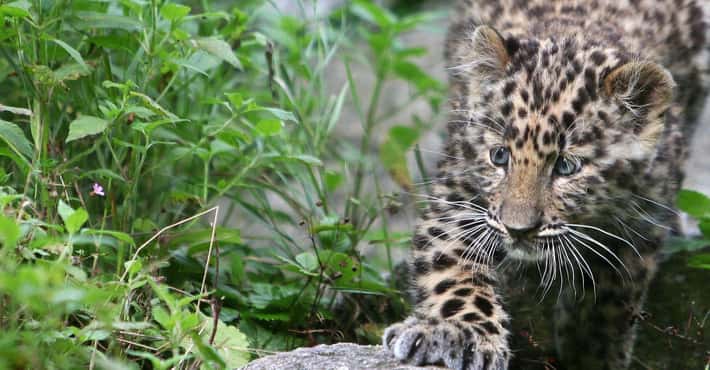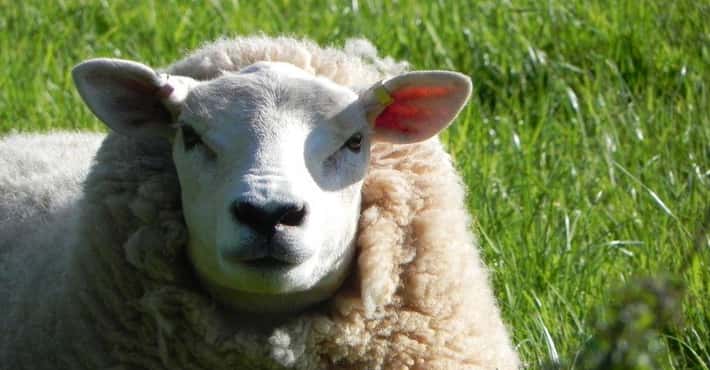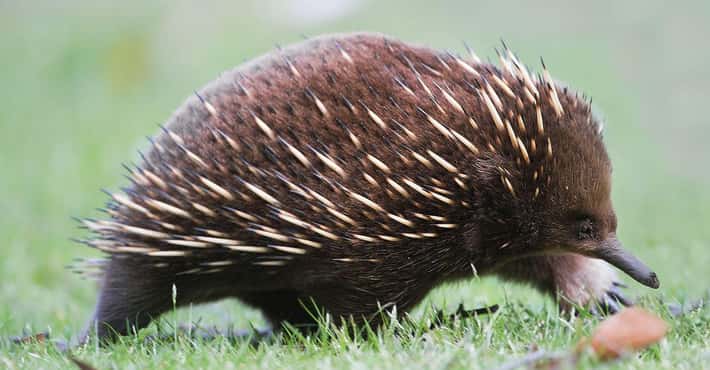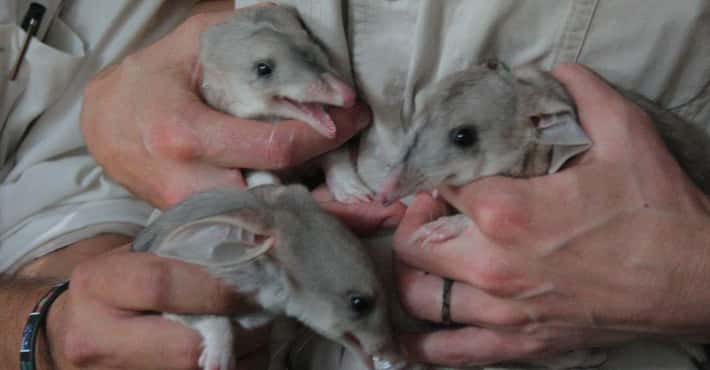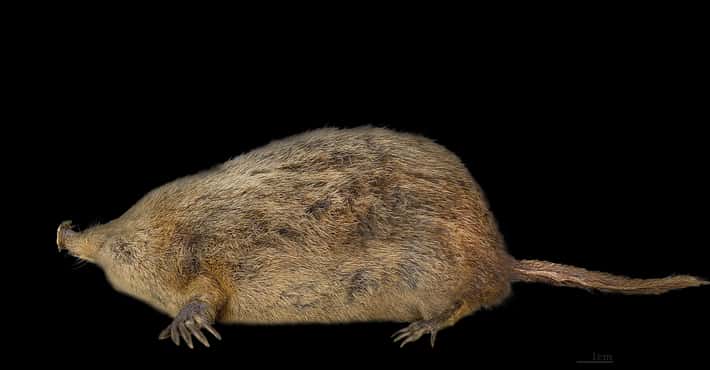Meet The Flying Fox - A Mammoth-Sized Gentle Giant
Flying Foxes Are The World's Largest Bat
Photo: KCZooFan / Wikimedia Commons / CC-BY-SA 2.0The Malayan flying fox hails in as the largest bat in the world. This endangered bat is a megaspecies that has made its home in the tropical region of Southeast Asa. Luckily, this species of bat isn't a carnivore and has no intention of slamming its massive, three pound body into any humans in an attempt to make them a meal.
They Feast On A Tropical Diet
Video: YouTube
Flying foxes loves to dine on a diet of rainforest delicacies. Rightfully earning flying foxes the nickname of the "fruit bat," these creatures eat everything from eucalypt blossoms to figs, grazing on what they can find in the forest vegetation. They crave sources of sweet, sugary energy, and foods that will supply them with the boost they need to sustain their large bodies in flight.
They're Daredevils When It Comes To Catching Food
Video: YouTube
The flying fox is a lot like a trapeze artist, except without the articulation and skill. This bat is a superb flyer and can navigate towering canopies with no problems. However, when it comes to landing, they crash and fumble into their destination, often smashing into bundles of branches and piles of forest foliage just to grab a bite to eat.
Flying Foxes Don't Use Echolocation
Photo: division, CSIRO / Wikimedia Commons / CC-BY 3.0Unlike their smaller, microbat kin, the flying fox is a large mammal with excellent eyesight. Instead of using sound waves to pinpoint where they are and what's around them, they use their well-developed peepers to scour their terrain. The darkness of the night doesn't stop this nocturnal animal from getting where it needs to go, and it finds food just fine without needing to use squeaks and chirps to map out the area.
The Flying Fox's Wingspan Can Reach Five Feet
Photo: Daniel Vianna Mr.Rocks / Wikimedia Commons / CC-BY-SA 3.0The wingspan of this flying giant is simply marvelous. Spanning the length of an entire five feet (and sometimes much more) the flying fox is well-equipped with a set of mighty aerial assets. This bat is a master at maneuvering across the skies and its pair of mighty wings are lightweight and aerodynamic enough to carry it to great heights.
They Fly Around With Their Babies
Video: YouTube
When a flying fox gives birth to a child, the mother doesn't dare leave it behind while she searches for food in the night. Instead, the mother bat takes her child along with her in flight, carrying it around while it clamps on tightly to her underbelly.
These bats become very attached to their young, and she will continue to carry it around with her until it is too big to fly with.
Flying Foxes Are Forest Dwellers
Photo: Welbergen / Wikimedia Commons / CC-BY-SA 3.0Flying foxes don't live in caves, they live in the foliage of thriving, forested environments. Swamps, mangroves, and the tall trees of rainforests are all welcoming homes for the large beasts, and these regions are full of flowers and fruit for them to feast on. As deforestation pushes these creatures out of their natural homes, some flying foxes such as the Mauritius flying fox, have become endangered.
They Nest In Colonies Consisting Of Up To A Million Bats
Video: YouTube
When flying foxes are done foraging the land for food and they're ready to call it a night, they snuggle up in a colony comprised of anywhere between thousands to millions of bats. As the bats continue to be pushed out of their natural cooping environments, these colonies only continue to grow, shoving a seemingly unfathomable multitude of giant creatures into a suitable place to sleep.
They Mate In Harems
Photo: Dinesh Valke / Wikimedia Commons / CC-BY-SA 2.0While some flying foxes will find one mate suitable enough, a male bat that's flowing with an exceptional amount of testosterone will be able to maintain a full harem of mates. A male bat will keep his own territory, inviting females in for mating. The healthier and bigger the male bat, the more space he's able to claim, bringing in a plethora of possible romantic pursuits.
There Are Around 60 Species Of Flying Fox
Video: YouTube
Spanning across the Indian Ocean and Pacific Islands, there are 57 confirmed and recognized species of this bat living out in the wild. Due to their refined habitat and continuing deforestation, 31 of these species are considered to be vulnerable or endangered, seeing a huge loss in population and health due to dietary restrictions caused from the agricultural cultivation of their environment and fatal, territorial encounters with local humans.
They Have No Need For Hibernation
Photo: Dinesh Valke / Wikimedia Commons / CC-BY-SA 2.0These large, flying mammals don't hibernate for the winter. To avoid the chilling winter months, as well as the blazing summers, they use their massive, mobile bodies to migrate to a climate that's more suitable for their temperate physicality. Fruit bats can fly for great distances, making this route much more effective than shutting down for an entire season.
They Are A Key Player In Pollination
Photo: Andrew Mercer / Wikimedia Commons / CC-BY-SA 4.0The life of a flying fox plays a crucial part in the ecosystem of the islands of Southeast Asia. Consuming large amounts of nectar, pollen, and fruit as part of their daily diet, they assist in spreading vital seeds and pollen to the far reaches of the forest every time they venture out into the world for their nightly food frenzy.
Carrying the life of the ecosystems along with their travels, the long-range distribution ensures a greater survival rate of the foliage.









